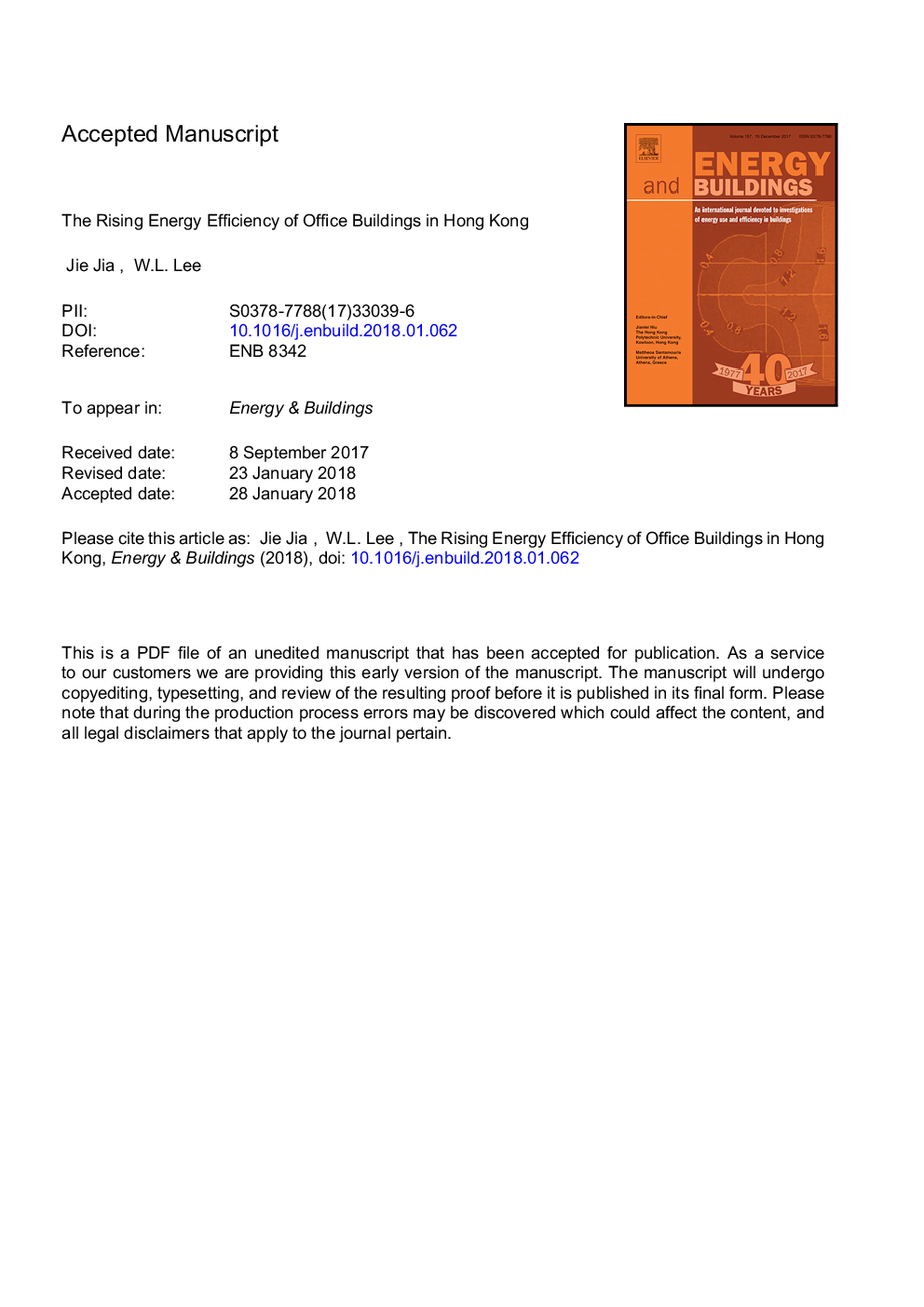| Article ID | Journal | Published Year | Pages | File Type |
|---|---|---|---|---|
| 6728575 | Energy and Buildings | 2018 | 31 Pages |
Abstract
Though area in office buildings has expanded significantly in Hong Kong in the decade to 2013, increase in cooling energy use has been rather moderate. The factors and policy instruments that contributed to the impressive enhancement in energy usage efficiency are not available in published literature. Data of sixty-six office developments were examined to evaluate the role of policy instruments in bringing about the visible improvement. Numerical analyses reveal that use of chiller units with higher efficiency and fresh water cooling tower (FWCT) systems have contributed significantly to reduce cooling energy use of office space in Hong Kong. It is important to note that policies promulgated have played a key role in encouraging designers of office space to opt for energy efficient systems. The BEAM Plus certification for all public buildings has contributed the most (efficacyâ¯=â¯0.09) to the success in moderation of electricity consumption for cooling of office space. The FWCT scheme and the Building Energy Codes have had efficacies amounting to 0.076 and 0.026, respectively. Interestingly, the new OTTV requirement, used for regulation and monitoring of thermal performance of building envelopes, has had a negative rate of efficacy (0.018), implying that the government needs to review its appropriateness.
Related Topics
Physical Sciences and Engineering
Energy
Renewable Energy, Sustainability and the Environment
Authors
Jia Jie, Lee W.L.,
